Context: The Supreme Court (SC) has clarified that the Enforcement Directorate (ED) need not furnish a person accused under the Prevention of Money Laundering Act (PMLA) a copy of the FIR with the grounds of detention, during the time of the arrest.
|
|---|
| About PMLA Enactment: The Prevention of Money Laundering Act (PMLA), 2002 was enacted in January 2003
Objectives:
Enforcement Directorate (ED)
|
|---|
To read more about: Money laundering and PMLA
To read more about: Enforcement Directorate
News Source: The Hindu
Context: Only 18 CAG audit reports on the Union government’s accounts are tabled in parliament.
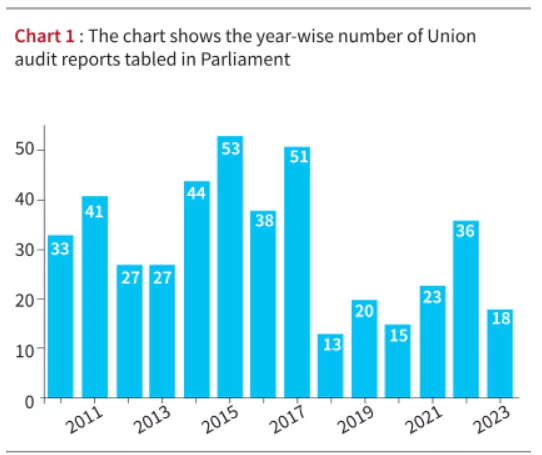
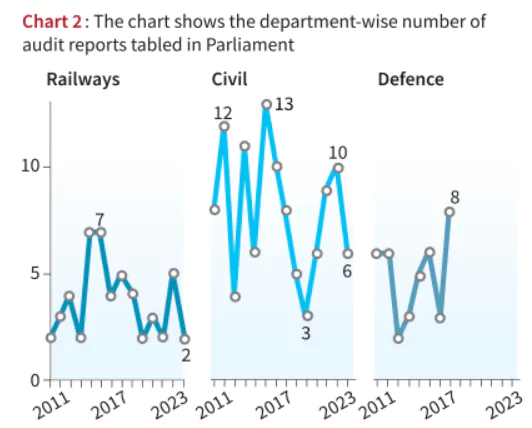
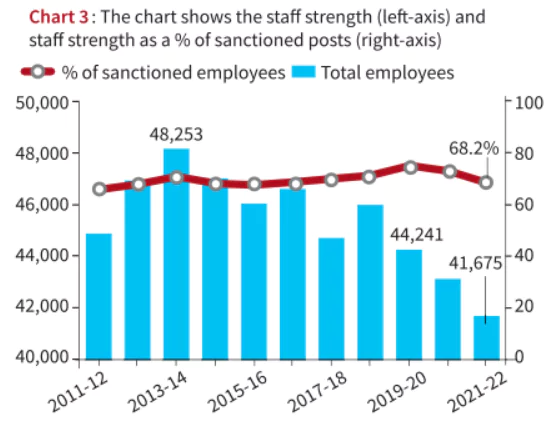
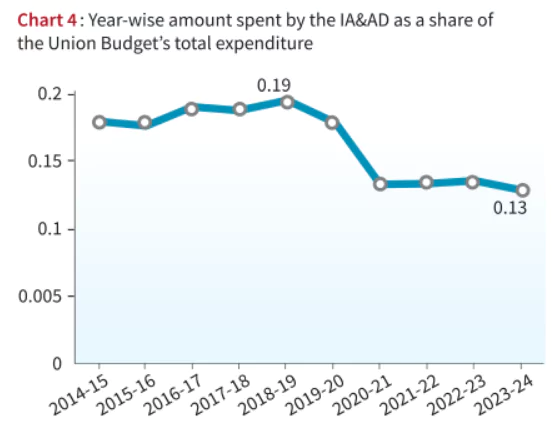
| About Comptroller and Auditor General of India (CAG)
Constitutional Body: Comptroller and Auditor General of India (CAG) is a constitutional authority entrusted with the responsibility of auditing the accounts of the Union and state governments. Constitution provisions: Article 148 of the constitution provides for an independent office of CAG. Indian Audit and Accounts Department: CAG is head of the Indian Audit and Accounts Department Supreme Audit Institution Of India: The CAG and Indian Audit and Accounts Department (IA&AD) are known as the Supreme Audit Institution of India (SAI). Public Purse: CAG is considered the “Guardian of Public Purse.” Appointment: He is appointed by the President of India. Tenure: CAG holds office for a period of 6 years or 65 years, whichever is earlier. Process of CAG report: The reports of the CAG are submitted to the President in case of the Union and to the Governor in case of the State who thereafter tables it in the respective houses. Functions of CAG: Regular Audit: Every year, it is called a transactional audit through which we cover all states and schemes. Performance Audit: It is an independent, objective, and reliable examination of whether the public sector undertakings, programs, activities, or organizations operating in accordance with the principles of economy, efficiency, and effectiveness. |
|---|
News source: The Hindu
Context: Recently a report on mRNA vaccine technology was published by WHO’s Science Council highlighting the potential benefits and limitations of mRNA vaccine technology was released.
About RNA:
Types of RNA:
Protein synthesis:
|
|---|
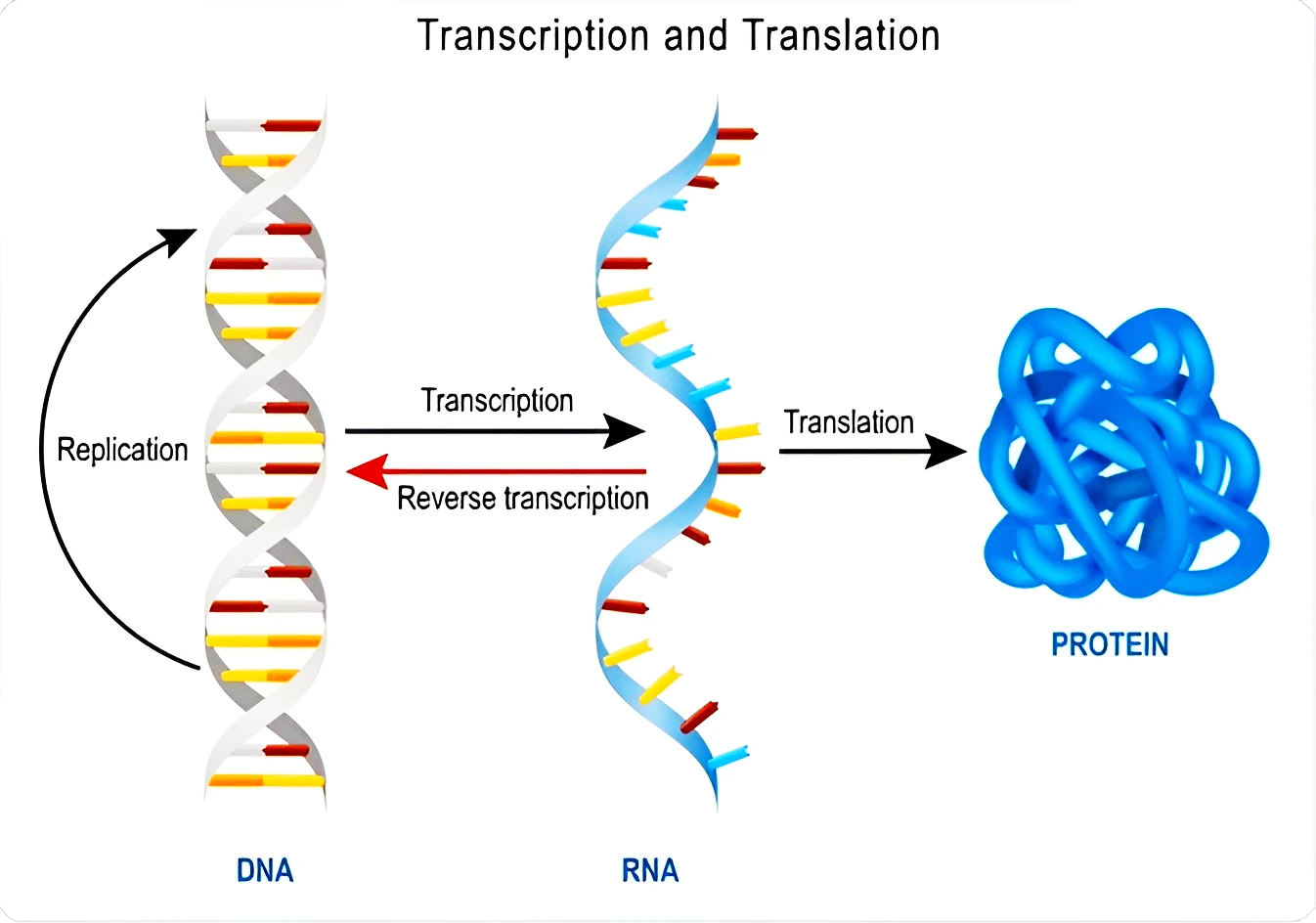
To Read More about mRNA Vaccines:
Context: In its attempt to take the rupee global, India is in talks with Lesotho to conduct trade using the Indian currency.
About Lesotho
|
Read More About: Internationalization of Rupee
News Source: The Mint
Context: The government has rejected regional cooperation, a key recommendation of a parliamentary standing committee to share glacier data with China and neighbors to tackle the threat of melting Himalayan glaciers.
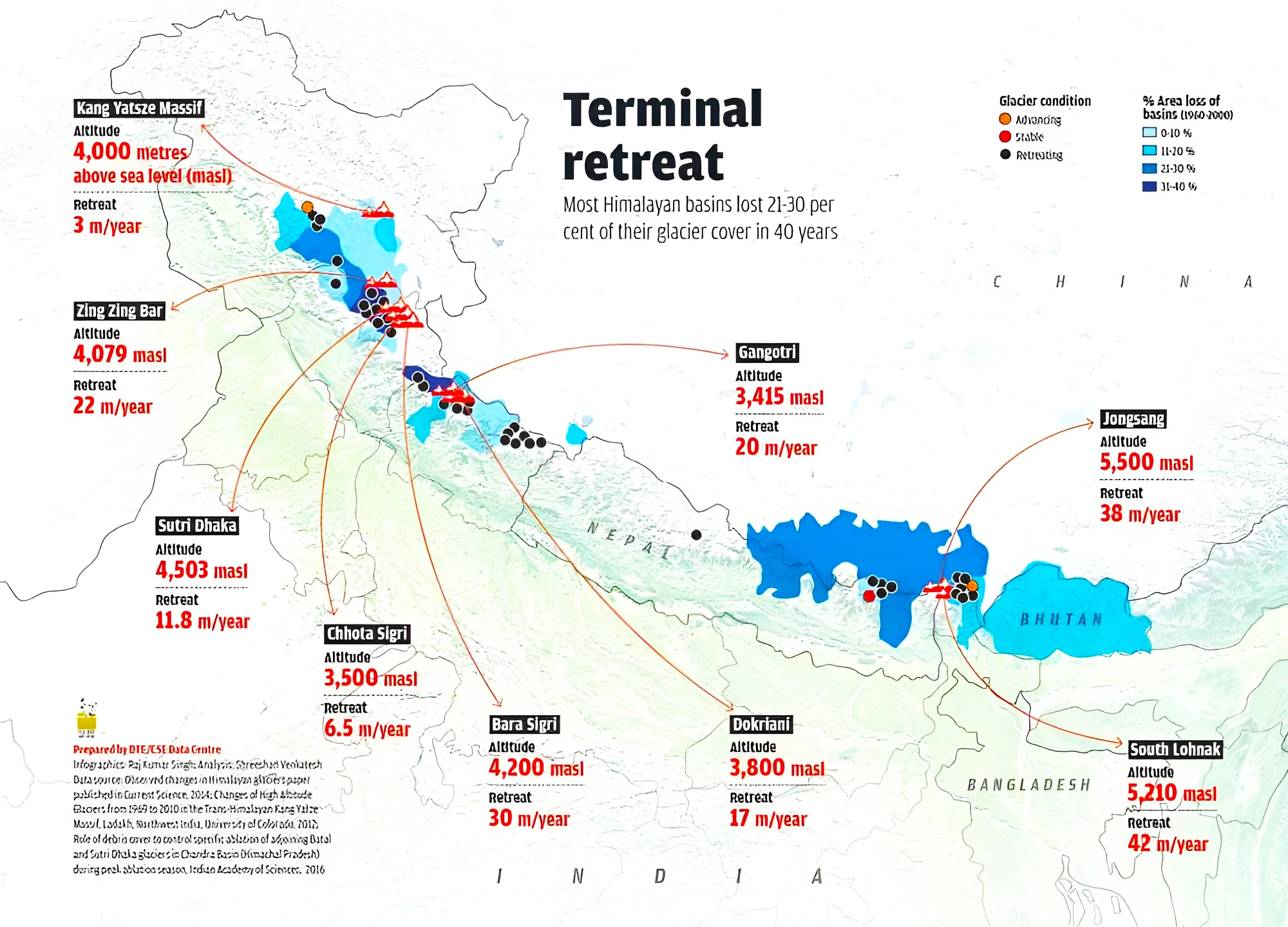
To Read More: Glacial Lake Outburst Flood (GLOF) in Sikkim
Source: Economic Times
Context: The King of Bhutan, has unveiled plans for a Gelephu smart city project, the Gelephu Special Administrative Region (SAR), spanning 1,000 sq km on its border with Assam.

To Read More: India-Bhutan Relations
News Source: The Hindu
Context: Recently, the Subordinate Legislation Committee of Rajya Sabha has observed that the Union government is delaying the framing of rules for the Acts passed by Parliament.
News Source: The Hindu
Context: Recently, India and Asian Development Bank (ADB) signed a $250 million policy-based loan for the Industrial Corridor Development Programme (Sub-programme 2).
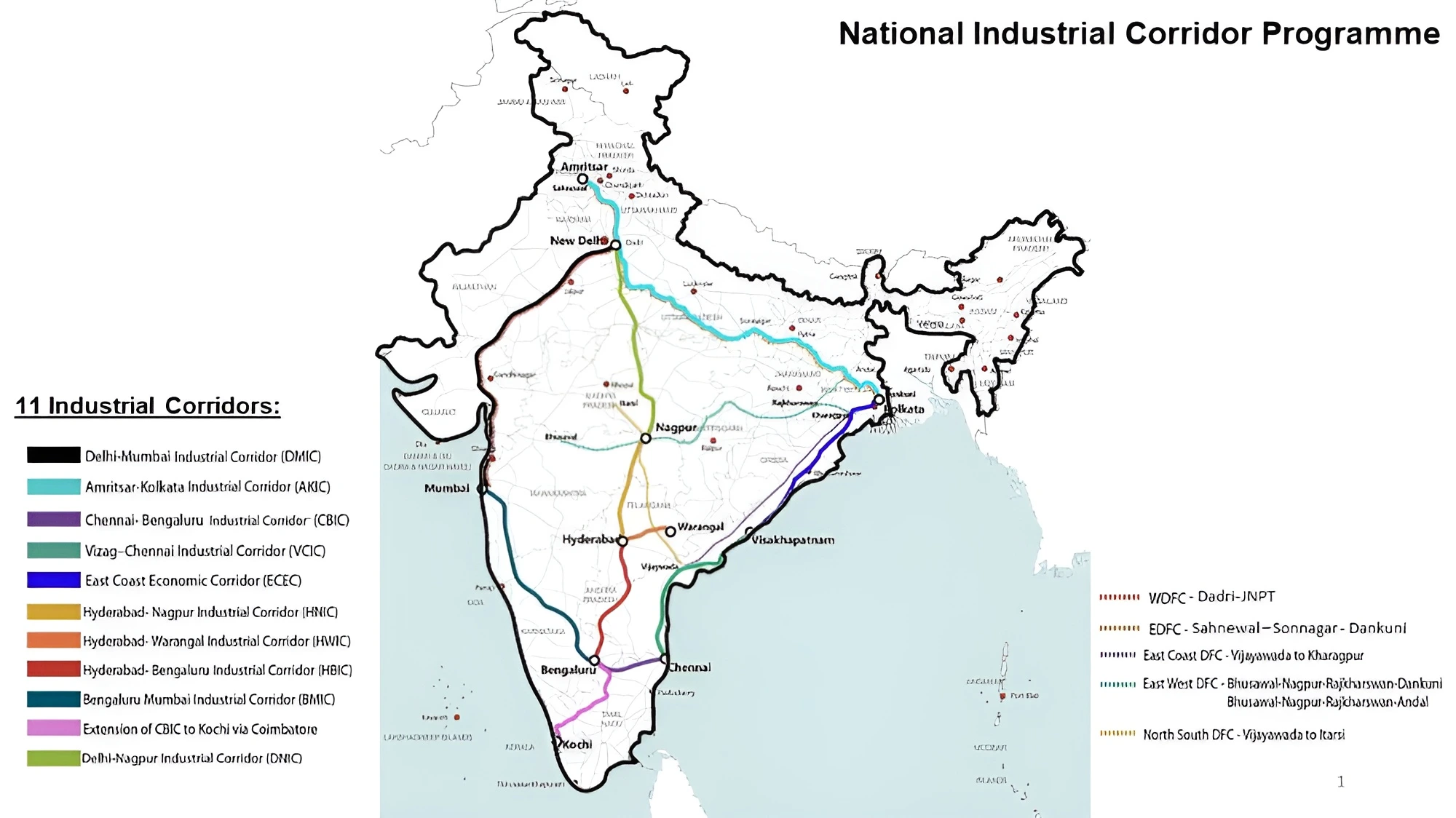
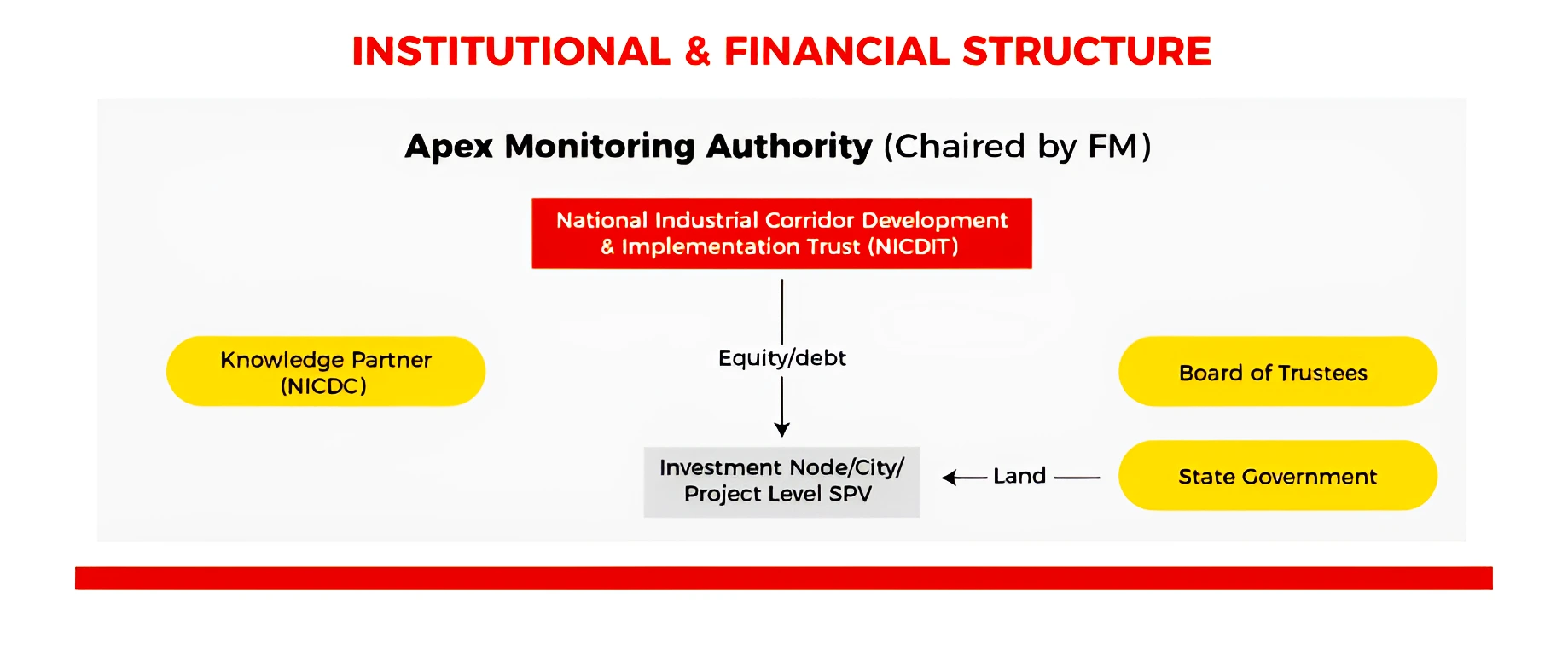 Composition: It comprises the Finance Minister as Chairperson, Minister-in-charge, Ministry of Commerce and Industry, Minister of Railways, Minister of Road Transport and highways, Minister of Ports, Shipping and Waterways, Vice-Chairman (NITI Aayog) and Chief Ministers of all NIC States as Members.
Composition: It comprises the Finance Minister as Chairperson, Minister-in-charge, Ministry of Commerce and Industry, Minister of Railways, Minister of Road Transport and highways, Minister of Ports, Shipping and Waterways, Vice-Chairman (NITI Aayog) and Chief Ministers of all NIC States as Members.To Read More: Asian Development Bank
News Source: PIB
Context: Recently, the World Health Organization (WHO) announced the inclusion of noma disease in its official list of neglected tropical diseases (NTDs).
About Neglected Tropical Diseases
|
|---|
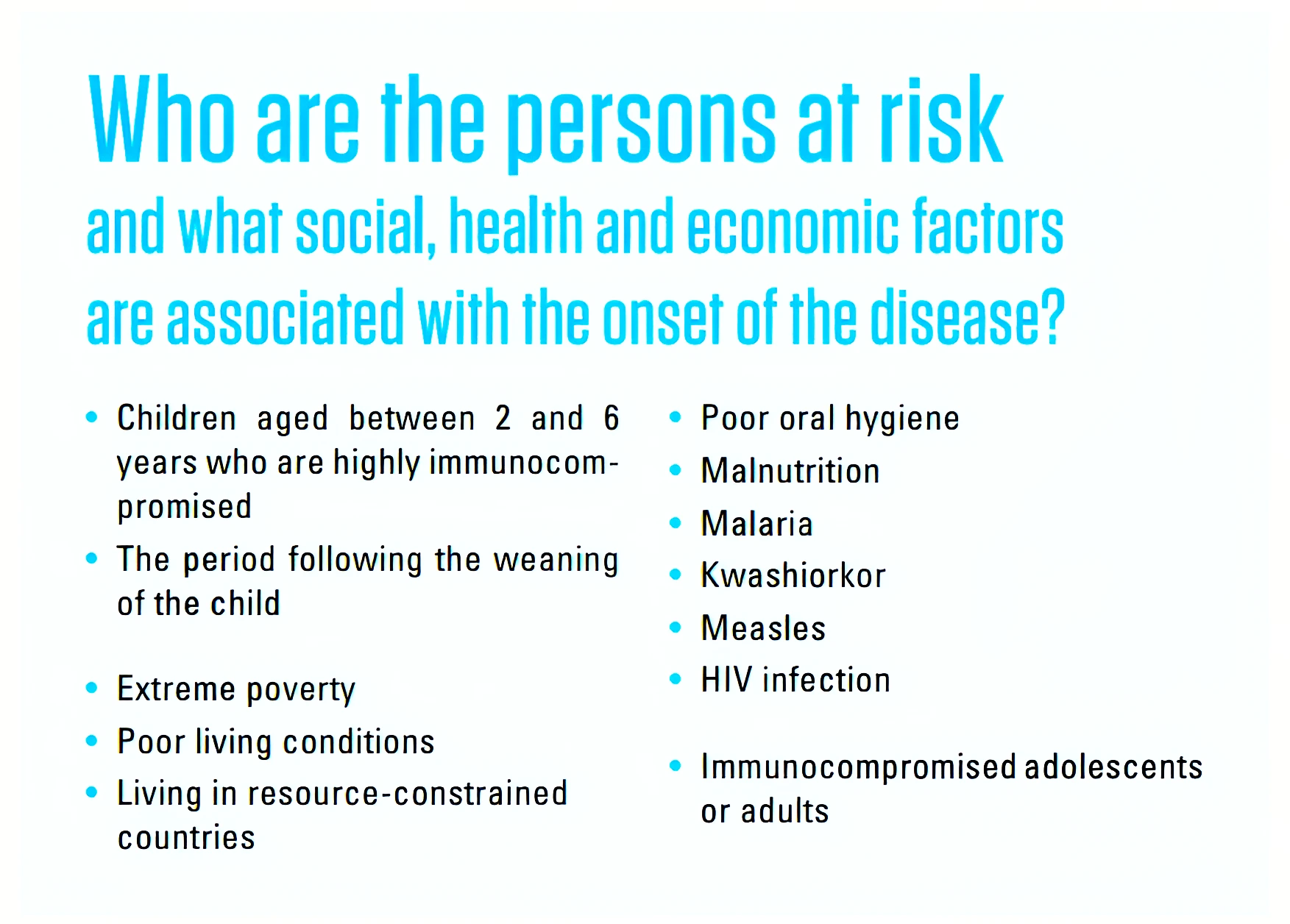
News Source: DTE
Context: The Prime Minister used the ‘Bhashini AI Tool’ while delivering his speech during the inauguration ceremony of Kashi Tamil Sangamam 2.0 at Namo Ghat in Varanasi.
Kashi Tamil Sangamam 2023
To Read More: Kashi Tamil Sangamam 2023, here. |
|---|
News Source: Economic Times
Context: This article is based on the news “Telecommunication Bill 2023: The changes it seeks in the telecom sector, why some have raised concerns” which was published in the Indian Express.
| Relevancy for Prelims: Telecom Regulatory Authority of India (TRAI), Indian Telegraph Act, 1885, and Indian Wireless Telegraphy Act, 193.
Relevancy for Mains: Telecommunication Bill 2023: Why is it needed? It’s key features and related concerns. |
|---|
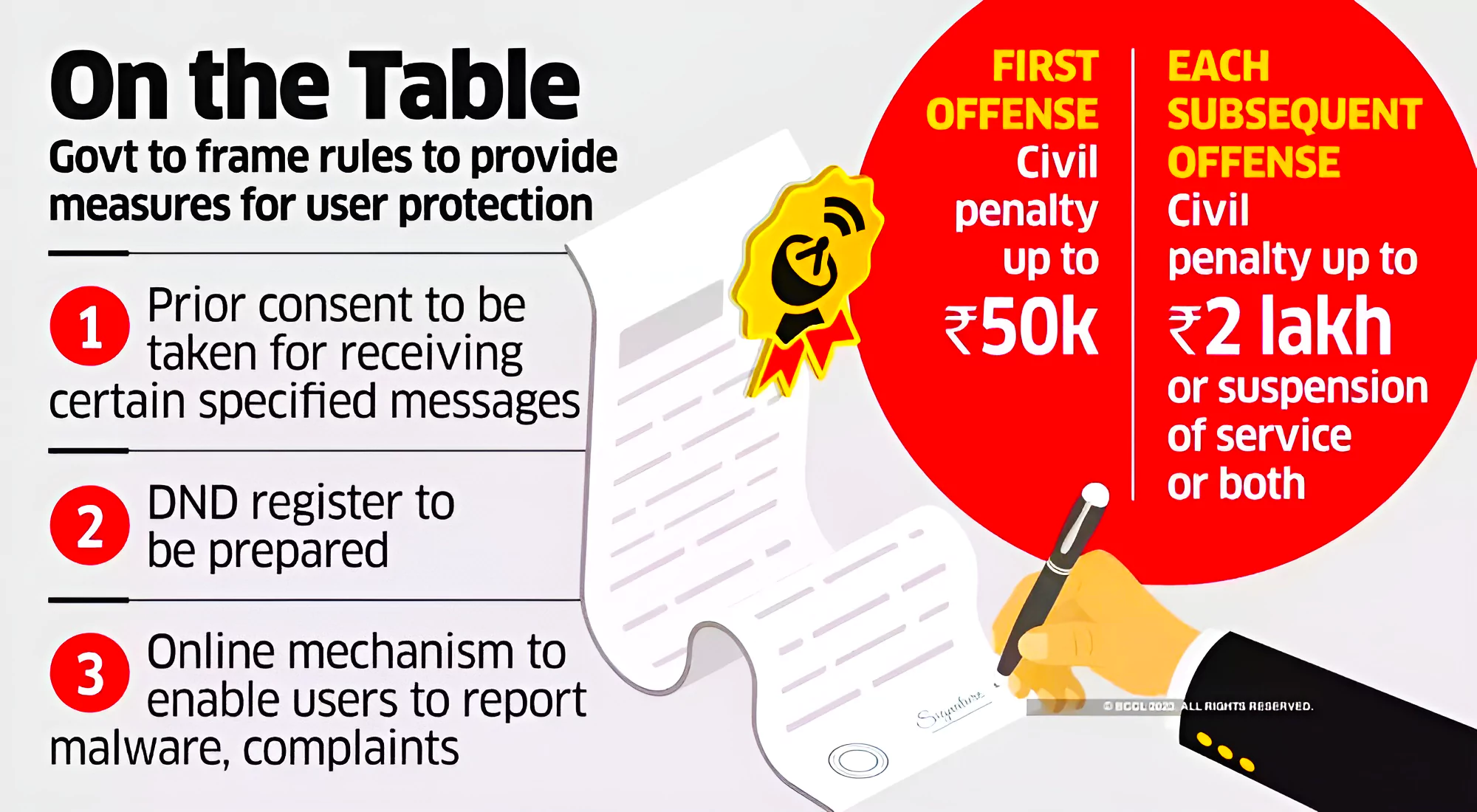
Telecom Regulatory Authority of India (TRAI)
Indian Telegraph Act, 1885
Indian Wireless Telegraphy Act, 1933
Telegraph Wires (Unlawful Possession) Act, 1950
|
|---|
Telecom Sector in India
|
|---|
Universal Service Obligation Fund (USOF)
|
|---|
Must Read: Regulation Code For OTT Platforms In India
| Mains Question: Discuss the issues related to OTT regulation in India. What are the salient features of Draft Indian Telecommunication Bill 2022? (250 words, 15 Marks) |
|---|
Context: This article is based on the news “Cyber crime growing at the rate 15-20% annually in India: West Bengal IGP Cyber Cell” which was published in the Economic Times. In 2022, Cyber Crimes in India recorded a 24% increase compared to the previous year, according to the latest data released by the National Crime Records Bureau (NCRB).
| Relevancy for Prelims: NCRB Data on Cyber Crimes in India, National Critical Information Infrastructure Protection Centre (NCIIPC), Information Technology (IT) Act, 2000, National Cyber Security Policy (NCSP), and Computer Emergency Response Team (CERT-In).
Relevancy for Mains: Growing Cyber Crimes in India: Reasons, Challenges, Government Initiatives, and Way Forward. |
|---|
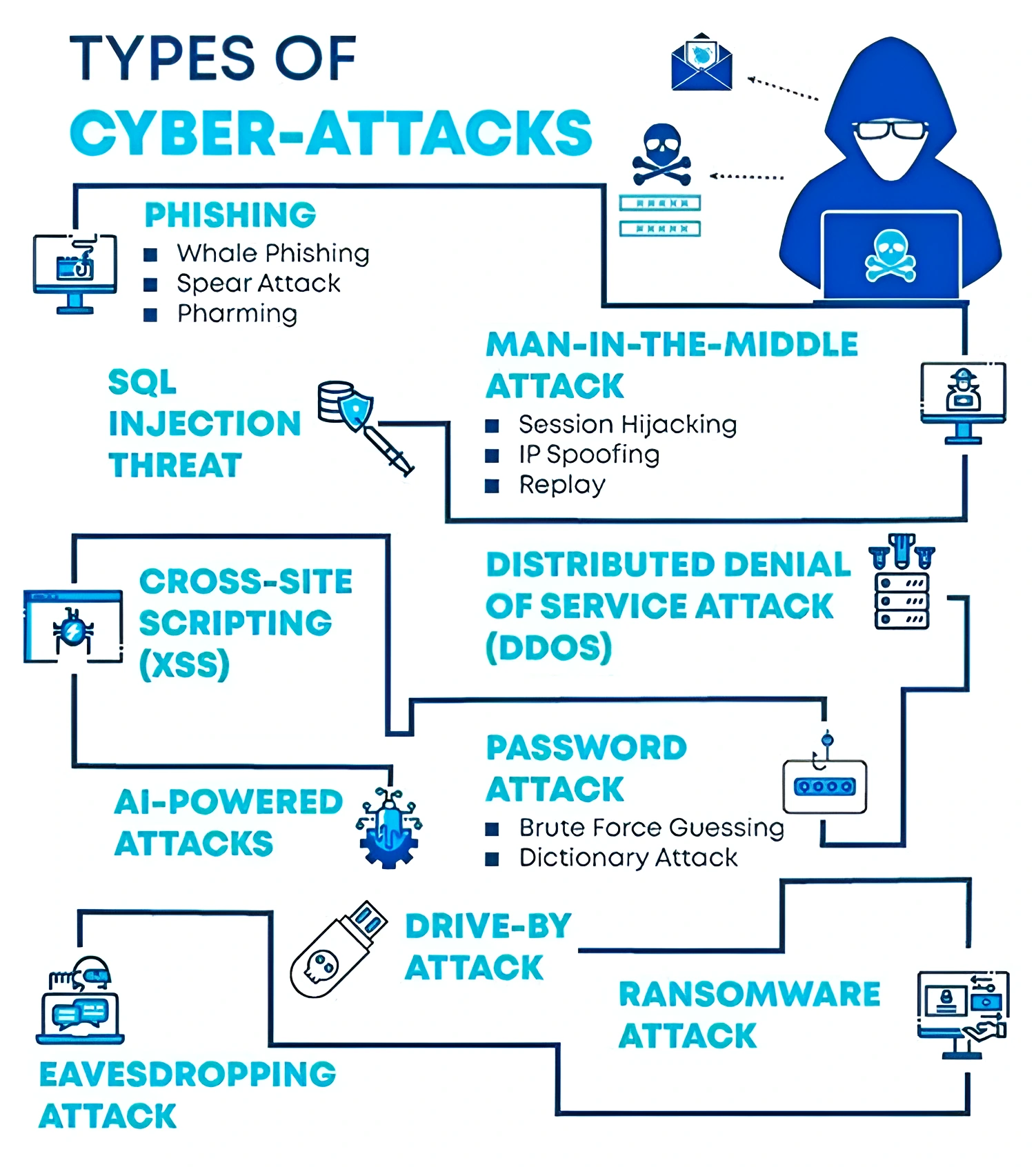
Manifestations of Cyber Crimes in Real Life
|
|---|
What is Cyberterrorism?
|
|---|
Also Read: What is Deepfake Technology? – Its Types, Impacts, and Security Countermeasures
Global Conventions to Tackle Cybercrime
|
|---|
The growing trend of cyber crimes in India demands a comprehensive approach, including advanced cybersecurity measures, international cooperation, public awareness, and the effective implementation of legal frameworks to ensure a secure digital environment for individuals and organizations.
| Mains Question: Examine the concept of Deepfakes, and the potential risks associated with their use. What are the solutions to mitigate the threats posed by deepfake technology? (250 words, 15 Marks) |
|---|
SC Verdict on Newsclick Shows Adherence to Due Pro...
Stay Invested: On Chabahar and India-Iran Relation...
Credit Rating Agencies, Impact on India’s De...
Catapulting Indian Biopharma Industry
Globalisation Under Threat, US Import Tariffs Have...
Global Report on Hypertension, Global Insights and...
<div class="new-fform">
</div>
